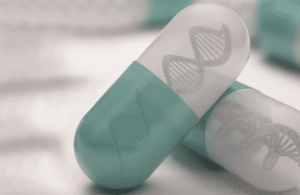Nitrosamine impurities – current update
Rapid implementation of the revised sartan monographs on 1 April 2021
Nitrosamines are chemical compounds classified as probable human carcinogens on the basis of animal studies.
The review of sartans concerned candesartan, irbesartan, losartan, olmesartan and valsartan, which belong to a class of medicines called sartans (also known as angiotensin-II-receptor antagonists).
These sartan medicines have a specific ring structure (tetrazole) whose synthesis could potentially lead to the formation of nitrosamine impurities. Other sartan medicines which do not have this ring, such as azilsartan, eprosartan and telmisartan, were not included in this review but are covered by the subsequent review of other medicines.
The five monographs on sartans with a tetrazole ring, namely Valsartan (2423), Losartan potassium (2232), Irbesartan (2465), Candesartan cilexetil (2573) and Olmesartan medoxomil (2600) have been revised to align them with the latest regulatory recommendations issued by the CHMP that were published on 13 November 2020 on the EMA’s website. The revision concerns a rewording of the “Production” section and deletion of the N-nitrosamines test section.
These revised monographs were not published in Pharmeuropa for public enquiry as the changes made are in line with the CHMP recommendations. In addition, to ensure that the implementation date for the Ph. Eur. requirements is aligned with regulatory decisions as much as possible, the Ph. Eur. Commission has decided to publish the monographs under the rapid-revision procedure. The implementation date for the five revised monographs has therefore been set as 1 April 2021. The PDF versions of these monographs can be downloaded from the EDQM website:
https://www.edqm.eu/sites/default/files/medias/fichiers/Monographie%20Candesartanum%20cilexetili.pdf
The revised monographs have been added to the online and downloadable versions of Supplements 10.4 and 10.5. They will be included in the printed version from Supplement 10.6.
If you need any clarification or support to help implement the responsibilities of a MAH with regard to Nitrosamines contact us and Ivowen will gladly assist you in a timely manner.
Written by Nanda Naik



